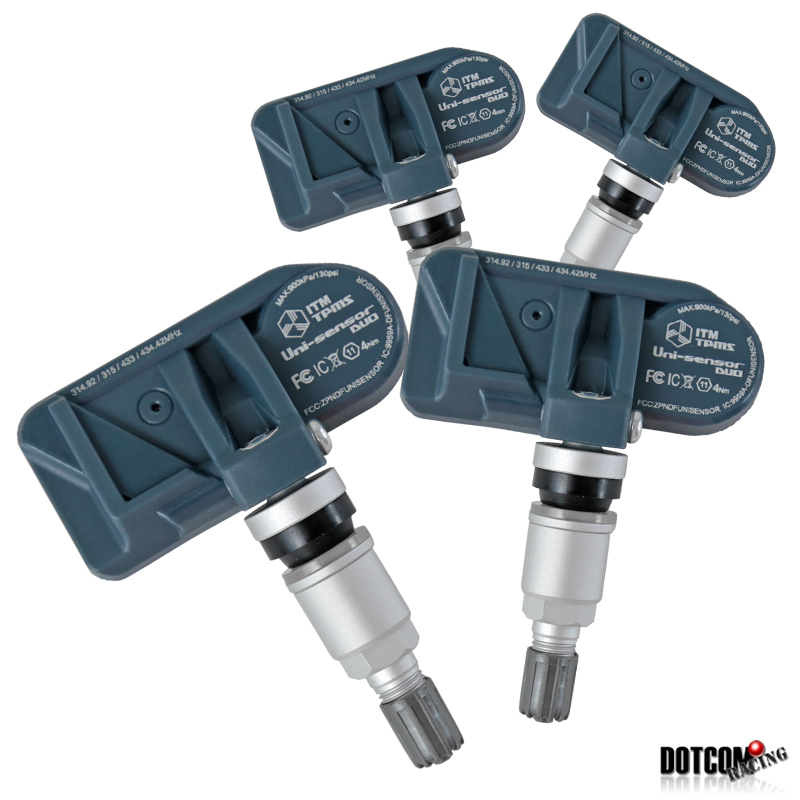What is TPMS? Well, TPMS is short for Tire Pressure Monitoring System. This is a feature that has altered the dynamics of tire maintenance in recent times. How? Your vehicle’s TPMS system keeps tabs on the air pressure in your vehicle’s tire(s) and lets you know when it is too low for comfort. As such, it has made it much easier for manufacturers, drivers, and mechanics to get the most from vehicle tires; that’s why more people want to know how to program TPMS sensors. The TMPS system is comprised of sensors or pressure traducers that convey crucial information like air pressure, battery state, temperature, and sensor location to the vehicle’s computer.
When the TPMS system detects that your car tire(s) has become extremely low, it triggers a warning light on the dashboard. Ignoring this light increases the risks of patchy tire wear, poor brake performance, and, ultimately, reduced vehicle handling. To avoid this, you need to have functional TPMS sensors in your vehicle.
So if you want to know how to program tpms sensors Toyota, for instance, the information you need is in the rest of the article.
Since you are reading this article, the chances are high that you are looking to take the DIY approach to program your vehicle’s TPMS sensors. It might be challenging when you don’t know how but with the right tools and information, you will get the hang of it with time. How to activate new tpms sensor without a tool? That’s not the focus of this article. Instead, this article will show you how to program TPMS sensors using specialized tools. As for the information you need, here are some things you should know before programming your TPMS sensors.
Modern cars come with any of these types of TPMS systems: indirect and direct systems. The indirect system utilizes an ABS that records accurate tire pressure readings by monitoring the wheel speed. It can be found in some Asian and European car brands, so if you are looking for how to program tpms sensors honda, take note because you might need to perform a relearn procedure with this TPMS system.
On the other hand, direct TPMS systems utilize TPMS sensors situated inside the vehicle’s wheel. These sensors transmit the tire pressure data to the vehicle’s computer in real-time. You can find the direct TPMS system in European and Asian as well as American car brands. It is the TPMS system you will most likely encounter if you are interested in information on how to program tpms sensors Ford f150 or how to program tpms sensors BMW. However, you don’t need to be overly bothered with this because all you need is the right TPMS scan tool that can easily detect the type of TPMS system and show you how to go through with programming the TPMS sensors.
That said, here’s how to program your vehicle’s TPMS sensors.
This is the very first step on how to program tpms sensors Nissan. Programming your vehicle’s TPMS sensor is impossible without a TPMS programming and diagnostic tool that comes with updated software. Once the tool’s software is updated, you can take advantage of the regular manufacturer software updates that make the programming task more manageable.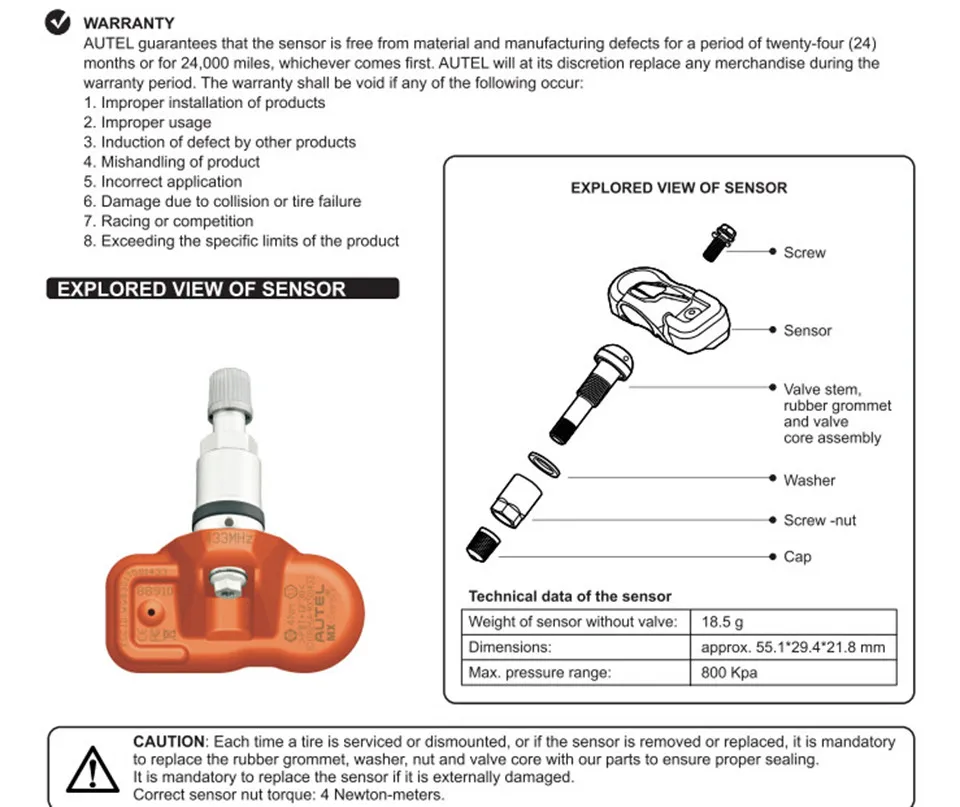
You probably saw the TPMS sensor light because one of the TPMS sensors on the wheel is blank or faulty. You will need to locate the sensor, and one of the best ways to do that is to use a TPMS scan tool. Finding the sensor will require you to scan each of the sensors’ IDs on the vehicle’s wheels. Take the time to scan wheel after wheel until you get the “no sensor detected” message from the tool. That lets you know the location of the sensor on the vehicle.
One thing to note if you want to know how to program tpms sensors Lexus is that each TPMS sensor comes with an ID number that is programmed into the vehicle’s computer. To get the ID number of the sensor, you might need to scan the car with the diagnostic tool. This enables you to access the ID numbers fed into the body control module or the TPMS module. Thus saving you time and allowing you to get the right ID sensor number. Without programming the right ID number on the TPMS sensor, you will be rendering it invalid as the vehicle’s TPMS system won’t detect it.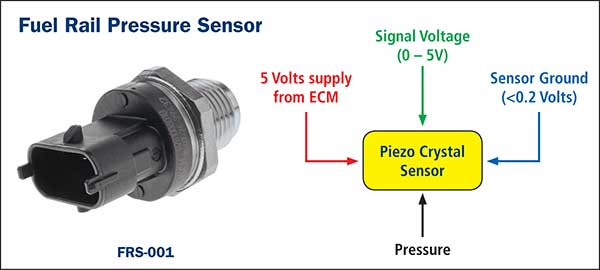
To program a new blank sensor, you will need to follow the program sensor menu steps on the TPMS programming tool you are using. Start by selecting the model and year of your vehicle on the tool. So if you were looking for how to program tpms sensors ford, for example, you should select Ford’s model and year. You then select the “Enter” option to proceed.
You will get several options after that stage, but you want to choose the “Copy Sensor” option. After doing this, you will get two options, but the one to select is the one that says “input ID”. You then follow the arrow on the tool to input the sensor ID number.
The next step is to fit the TPMS sensor into the programming tool. Ensure that the TPMS sensor is of the right frequency before you proceed. Depending on the programming tool you use, there should be pins in it that fit right into tiny holes in the TPMS sensor. Push the TPMS down until it latches into the pins and is firmly held in place. You then secure it with the safety latch. Once the sensor’s frequency matches that of the tool, the sensor is automatically programmed with the ID number. You can get some help from this YouTube Video.
You then secure it with the safety latch. Once the sensor’s frequency matches that of the tool, the sensor is automatically programmed with the ID number. You can get some help from this YouTube Video.
Yes, you can! All you need are the specialized tools and loads of relevant information on how to go about programming your vehicle’s TPMS. So if you have been planning on how to program tpms sensors Subaru without seeing a mechanic, rest assured. You can program your own TPMS. You just need the know-how.
That all depends on how you go about it. If you choose to get it done at a repair shop, the costs will depend on the store’s location and the kind of services offered there. For example, the cost of reprogramming the TPMS sensor at an upscale repair shop in New York will differ from the costs at an Alabama repair shop.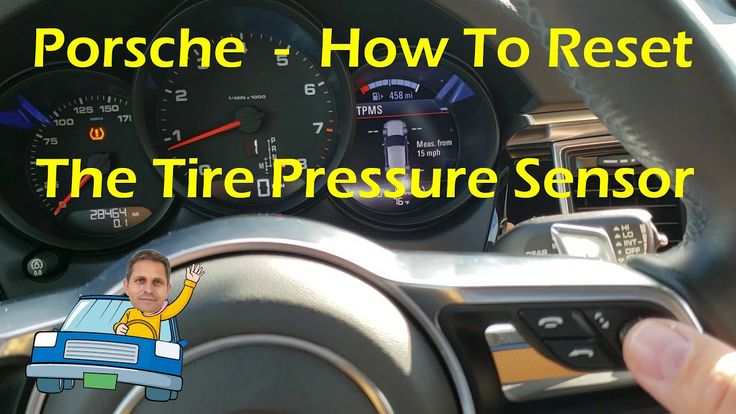
Then you might choose to go the DIY way. This option is arguably the cheaper option as you don’t get to pay a service charge. The things you will be paying for are the tools you use and probably the resources from where you got the necessary information on how to go about it.
Yes, you do. After you must have programmed the TPMS sensors, you will need to write a new TMPS sensor ID to the vehicle’s ECU. This process is known as a “relearn procedure” and can only be executed with a TPMS relearn tool.
Well, it depends on the TPMS sensors. For programmable or configurable sensors, yes. These sensors are designed to be programmed or cloned from an OEM or another aftermarket sensor before they can be used in a vehicle. Otherwise, they won’t be recognized by the vehicle’s TPMS system.
Multi-application TPMS sensors, on the other hand, do not need to be programmed because they already come with the programming necessary to work with the vehicle’s TPMS. These sensors help save time while reducing costs.
These sensors help save time while reducing costs.
Driving around in a vehicle with blank TPMS sensors is not the end of the world, but it could lead to avoidable situations.
One great feature that modern vehicles have is the TPMS reset button. This button allows vehicle owners and mechanics to reset the TPMS system easily. You can find the TPMS reset button beneath the steering wheel for most vehicles. However, if you cannot find it there, try looking up the vehicle’s owner’s manual.
Tire pressure monitoring systems (TPMS) have saved many motorists from unnecessary costs and vehicular accidents. A functional TPMS system will alert a driver when the tires have less than optimal tire pressure. This protects the tires from blowing out and causing any complications that might lead to a vehicular accident. That is why your vehicle’s TPMS system must always be working. The TPMS sensors have to be programmed to ensure this, or the vehicle’s computer will not detect them.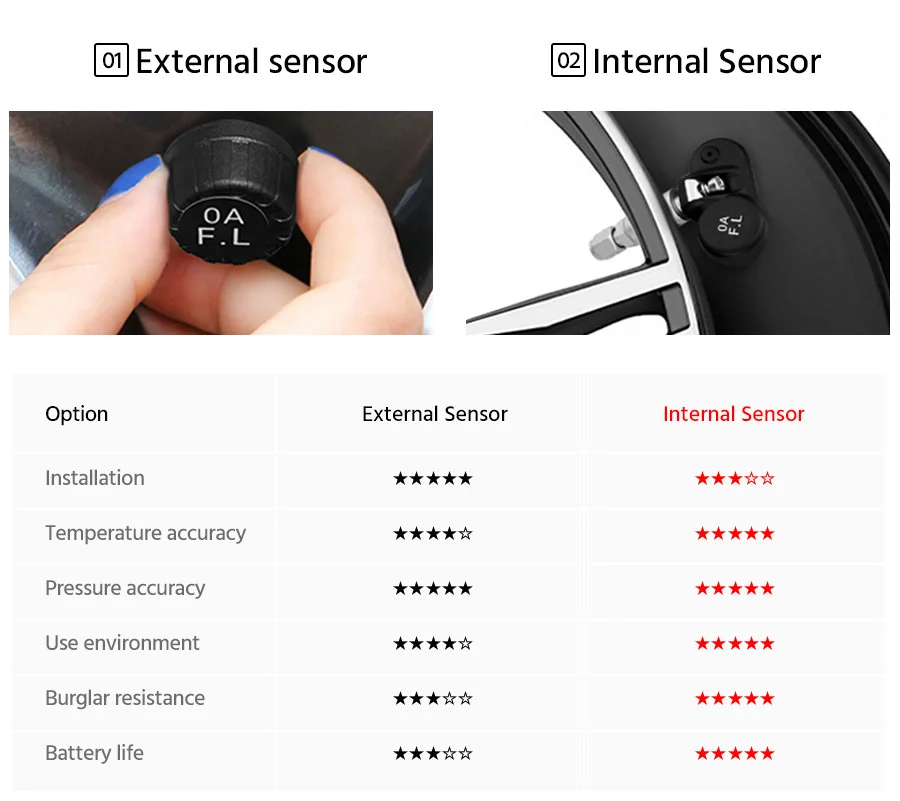 This means that you don’t get to know when your tire(s) is under-inflated.
This means that you don’t get to know when your tire(s) is under-inflated.
The best part about servicing TPMS sensors is that you can do it yourself and save some money. You just need the right parts, the right tools, and the right information. There are loads of online and offline stores to get the right parts and tools. You can get the right information on how to program tpms sensors from reading articles like this one on the internet.
Read More:
Hide Show
Sell/Trade Us Your Car | Click Here To Learn More
Your tire pressure light provides a critical reminder to restore the pressure in your vehicle's tires when it gets low. You should only attempt to reset the light after first addressing the tire pressure in every tire. Once your tires are at the appropriate pressure, the light may go off on its own. If it doesn't go off right away, driving at 50 mph for about 10 minutes should help the tire pressure sensor reset.
Once your tires are at the appropriate pressure, the light may go off on its own. If it doesn't go off right away, driving at 50 mph for about 10 minutes should help the tire pressure sensor reset.
If the tire pressure light is still on, there are a few more tricks you can try:
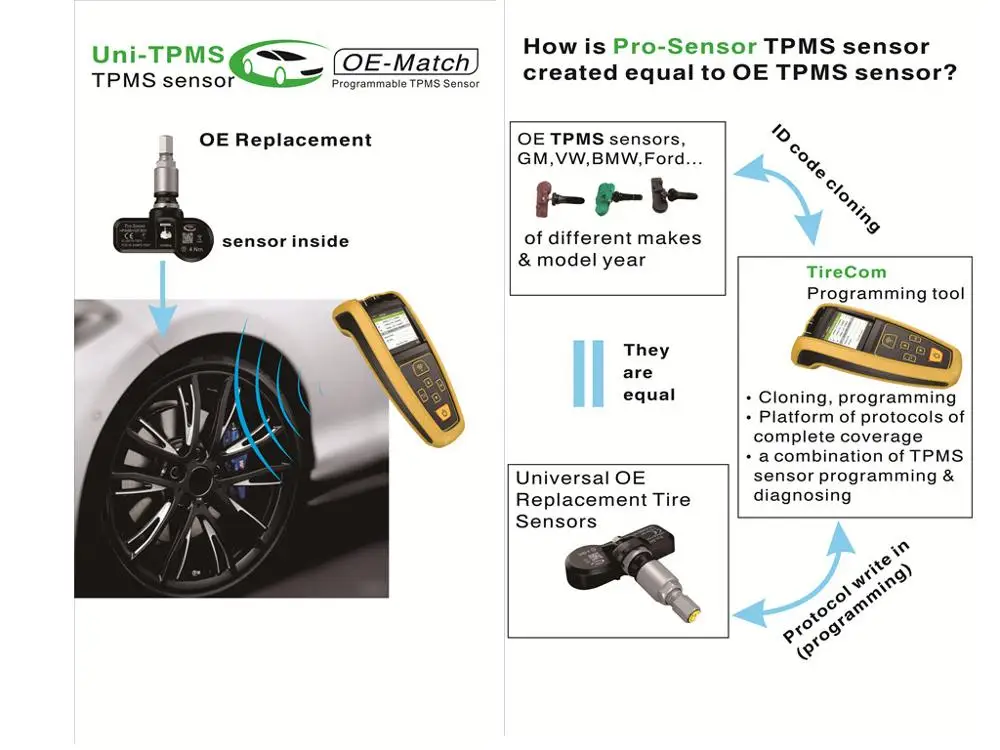
TPMS stands for Tire Pressure Monitoring System. The tire pressure light is one component of this electronic system, providing a visual alert when your tire pressure is low. The TPMS monitors tire pressure using either an indirect or direct method.
An indirect TPMS measures the rate of revolution for each wheel. If a wheel starts spinning faster than anticipated, the system signals to your vehicle's computer that something is amiss with the tire rotation, and your tire pressure light comes on. You must manually reset the monitor in an indirect TPMS system.
A direct TPMS uses pressure monitoring sensors in each tire to monitor tire pressure exactly. This is a more accurate alternative to an indirect TPMS system. The batteries inside these sensors will last for about 10 years. Direct TPMS systems reset automatically after tire inflation or rotation.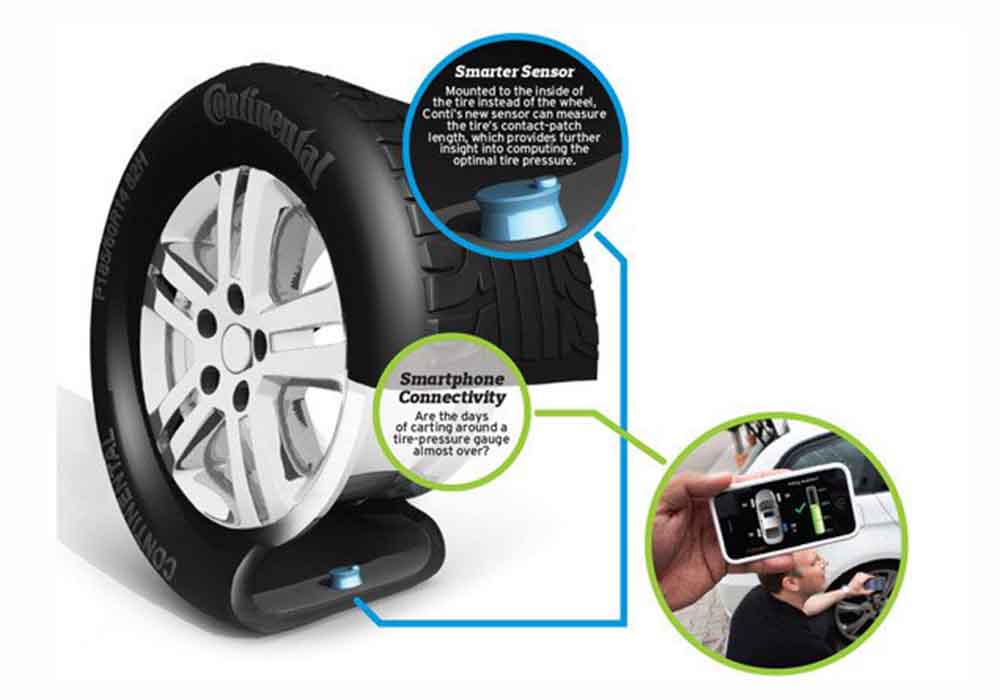 You do need to have these sensors resynchronized when you get new tires, which requires a special tool.
You do need to have these sensors resynchronized when you get new tires, which requires a special tool.
Yes, cold weather will affect the air pressure in your tires. Your tires lose one or two pounds per square inch (PSI) for every 10 degrees that the temperature drops. Cold air condenses while warm air expands. Therefore, the colder air in your tires will take up less space in lower temperatures.
You may find that your TPMS light is only illuminated for a short time in the morning on particularly cold days. After about 20 minutes of driving, the air will often warm up and expand, restoring proper pressure in your tires. If the light stays on after 20 minutes on the road, you should add air to your tires as needed to restore the proper pressure. Low tire pressure is hazardous for your vehicle regardless of the cause.
When the tire pressure monitor light is on, the first thing you should do is check the pressure in each of your tires, including the spare.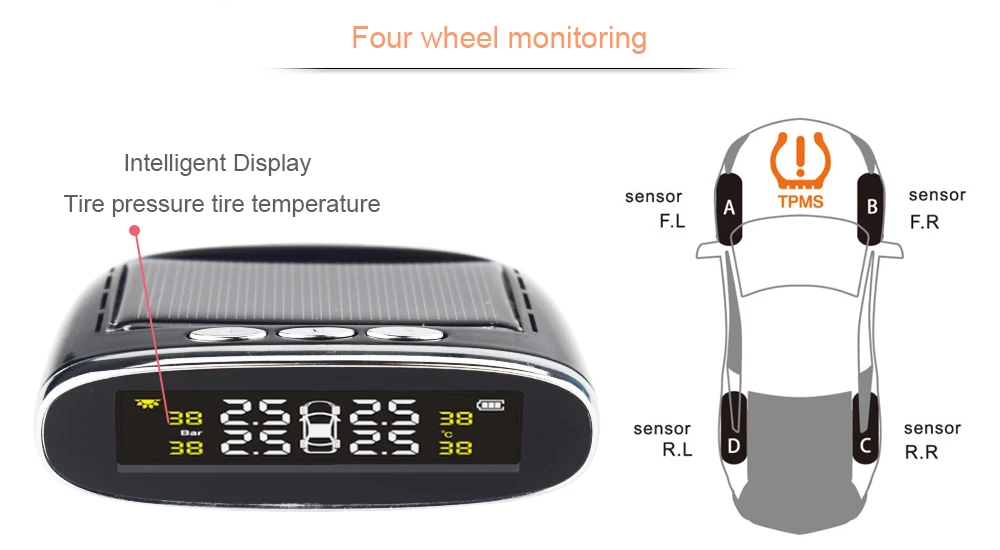 Check the manufacturer's recommendation to determine the appropriate pressure for each tire. This is typically between 30 and 35 PSI but may vary. You should measure tire pressure when the tires are cold, which means they have not been driven in the last three hours.
Check the manufacturer's recommendation to determine the appropriate pressure for each tire. This is typically between 30 and 35 PSI but may vary. You should measure tire pressure when the tires are cold, which means they have not been driven in the last three hours.
To check the pressure, simply unscrew the valve cap and insert a tire gauge into the valve stem. The gauge will provide a clear reading. Replace the valve cap when you're finished. If your tires are all at the appropriate pressure, there's a malfunction with your TPMS. Bring your vehicle to an authorized dealership service center to diagnose and resolve the issue.
If the tire pressure monitor light is on, you should check your tire pressure as soon as possible. Low tire pressure creates a serious hazard on the road. According to the National Highway Traffic Safety Administration, 738 people died in tire-related crashes in 2017. When tire pressure is low, the tire has more contact with the road.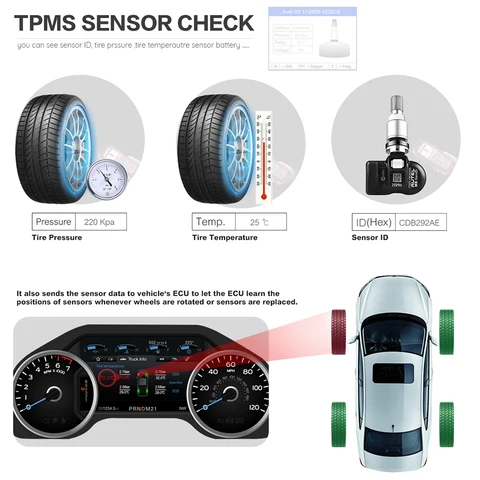 This may cause the tire to overheat, leading to tread separation, excessive tire wear, or a blowout.
This may cause the tire to overheat, leading to tread separation, excessive tire wear, or a blowout.
Low tire pressure also wreaks havoc on your fuel efficiency. You can save up to 11 cents per gallon simply by keeping your tires properly inflated. You'll also save money on tire replacements with adequate inflation. Keeping your tires properly inflated can add 4,700 miles to the tire's average lifespan.
The tire pressure monitor light gives you valuable information and should not be ignored.
You do not necessarily need to have your TPMS sensors replaced with new tires, but this is a good time to check them and make sure they're still in good condition. If you have an indirect TPMS system, your mechanic will need to manually reset the sensors after changing your tires. If you have a direct TPMS system, no additional maintenance is required to reset the system.
A new TPMS system will typically last for about 10 years before the batteries run out. If you have an older vehicle, you may need new sensors every five or six years. Your mechanic can advise you on the best time to replace TPMS sensors for your vehicle. When new sensors are installed, the system must relearn the location of each tire, which requires a detailed series of technical procedures. You should leave this task to a professional.
If you have an older vehicle, you may need new sensors every five or six years. Your mechanic can advise you on the best time to replace TPMS sensors for your vehicle. When new sensors are installed, the system must relearn the location of each tire, which requires a detailed series of technical procedures. You should leave this task to a professional.
If you need tire service for your Toyota, come to Kings Toyota for prompt, reliable service. Our highly-trained technicians are equipped to assist with any type of tire issue, whether you need new tires or have a malfunctioning tire pressure sensor light. Make your appointment today.
First Name*
Last Name*
Contact Me by*
EmailPhone
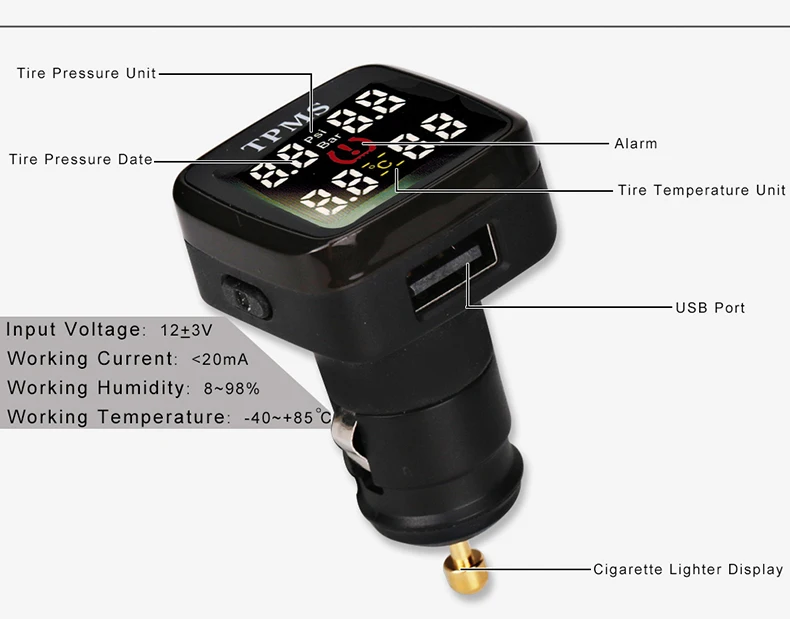 W. Hower
W. Hower Currently, there are about 20 different types of systems installed by automakers as standard on cars. Some of them are quite autonomous and can independently bind a new sensor to the car or put the wheels in the correct order after a swap, some can do neither.
Some of them are quite autonomous and can independently bind a new sensor to the car or put the wheels in the correct order after a swap, some can do neither.
In the AllTPMS.ru installation center or our specialist at the customer's site, registration (binding) of tire pressure sensors to any car is carried out. Binding is carried out by means of a set of both specialized equipment for TPMS systems and original dealer diagnostics.
• replacement of 1 to 5 sensors;
• swapping wheels;
• Bindings for the second seasonal wheel set;
In the AllTPMS.ru online store you can get acquainted with the binding procedure for a car model of any year of manufacture, starting from 1998 years. In the Binding Types Guide, select the make of the car you want to register for, and then the year of manufacture and model of your car.
You can sign up for the service of binding (registration) of tire pressure sensors of the TPMS system by leaving a request by phone, via the feedback form or e-mail.
Please enable JavaScript in your browser to display pages properly.
8 (800) 707-65-40
Request a call
Remind password
Personal account
New customer
1 + 7 =I hereby confirm that I have read and agree to the terms of the privacy policy and consent to the processing of my personal data. Learn more
Request a call
Leave your phone number and a convenient time to call, and we will call you back
Shopul. Komsomolskoye highway, 3b st. Business, 7st. Vaneeva, 209Aul. Golubeva, 7 st. Karl Marx, 60 vul. Comintern, 39, room 1st. Generala Ivlieva, house 24Aul. Fuchik, 36, Perekhodnikova st. , 28/1 st. Dyakonova, 2 r. Gaugelya 2A/2pr. Gagarina, 37b 5 + 6 =
, 28/1 st. Dyakonova, 2 r. Gaugelya 2A/2pr. Gagarina, 37b 5 + 6 = I hereby confirm that I have read and agree to the terms of the privacy policy and consent to the processing of my personal data. Learn more
Dear clients, we are glad to present you our new services!
Sale, installation, cloning and flashing of unique programmable tire pressure sensors.
Tire pressure sensor - a device for directly measuring the pressure and temperature of the air in the tires of a car. The tire pressure readings are transmitted by the sensors to the indicators on the side panel, with a critical change in the readings, an alarm signal is transmitted.
Car enthusiasts and professional drivers are convinced that the installation of tire pressure sensors helps prevent accidents, tire wear, body wear, and reduce fuel consumption. You can install a tire pressure sensor yourself, but a specialist must perform its initial registration in the on-board computer.
You can install a tire pressure sensor yourself, but a specialist must perform its initial registration in the on-board computer.
KOLOBOX Group offers unique services for the selection, installation and registration of tire pressure sensors from manufacturers:
Uni Sensor
Autel
All tire pressure sensors have their own unique code/ID. On American, Japanese and Korean cars equipped with a standard TPMS system, only one set (4 sensors) can be registered in the on-board computer. Based on this, having two sets of wheels, you will have to contact an authorized dealer for each seasonal wheel change to bind them.
Using special equipment, we can make copies of sensors identical to your original sensors, the system will not notice the substitution.
With the help of special equipment, without disassembling or removing your wheels with original sensors / sensors, the codes / ID of the original sensors are read, then this ID is written into our programmable sensors, clones of the originals are obtained, which the car perceives as its own.
Also, the ID can be read from the on-board computer of the car using the diagnostic connector. Our system allows you to manufacture and prescribe both a set of sensors and one sensor
When driving, keep in mind that tire temperatures may rise, especially in summer. Every 10 degrees can increase the pressure by 0.1 atm, if the temperature rises to 100 degrees, then the tire pressure will exceed the safe value!
Pressure sensors enable tire pressure monitoring to ensure even tire contact with the road. Due to this, the rubber wears out less. If a tire is damaged, you will immediately know about it and will be able to quickly respond without getting into an emergency and eliminate the deformation of a flat tire.
Incorrect tire pressure increases your vehicle's fuel consumption.